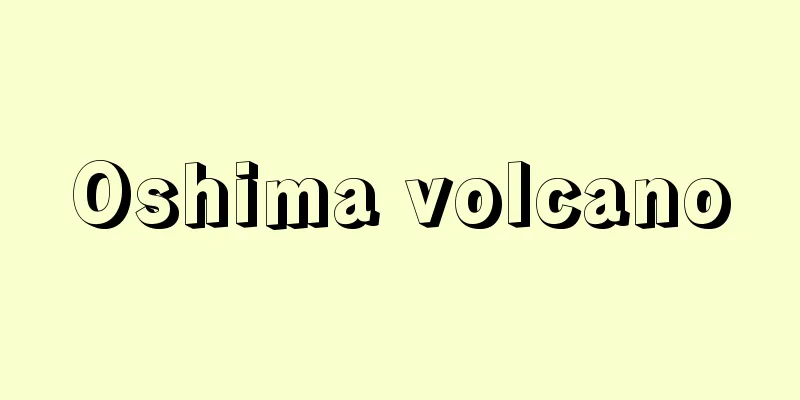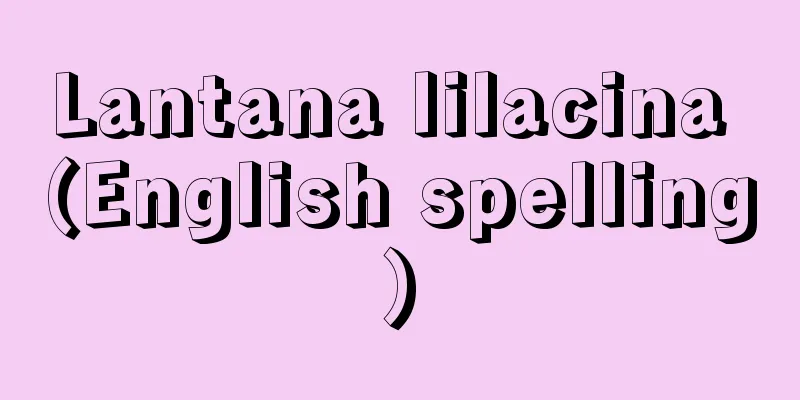Bio-erosion (English spelling)

|
This is called a honeycomb structure, and is the result of the combined efforts of boring shells, dissolution, and wind erosion within the range of the splash water, and is also seen as "spray erosion." A new term has been coined to describe the erosion caused by the activities of boring shells and other living organisms: bio-erosion. *Some of the terminology that mentions "bio-erosion" is listed below. Source | Heibonsha World Encyclopedia 2nd Edition | Information |
|
…これを蜂窩(ほうか)構造と呼び,穿孔貝の活動や溶食,風食などが,しぶきの及ぶ範囲で合作した結果であり,〈しぶきの浸食〉ともみられる。このように穿孔貝などの生物の活動が及ぼす浸食作用を生浸食bio‐erosionとする新しい用語がある。 ※「bio-erosion」について言及している用語解説の一部を掲載しています。 出典|株式会社平凡社世界大百科事典 第2版について | 情報 |
Recommend
Nine-layered text - Kujomon
...something used to carve letters or designs to ...
Rinken (English spelling) visitation
When a ship or its crew or passengers are suspect...
Fujiwara Asakari - Fujiwara Asakari
?-764 A nobleman from the Nara period. The third ...
Pythonin sebae (English spelling) Pythoninsebae
… [Takahiro Matsui]. … *Some of the terminology e...
Usia (English spelling) ousia
A Greek word meaning "essence" or "...
Maruko [town] - Maruko
A former town in Chiisagata County, south of Ueda ...
Cosmopolitanism - Cosmopolitanism
It is translated as cosmopolitanism, world citize...
Circumcision parent - Katsurei oya
...However, female circumcision is common among t...
Otashi - Otashi
〘 noun 〙 ("o" is a prefix) 1. In the Edo...
Hop - Hop (English spelling)
A perennial vine of the Mulberry family (APG clas...
Jawlensky, Alexei von
Born March 13, 1864 in Torzug near Tverai [Died] M...
Hecker, F.
...The Baden Constitution had some more advanced ...
Summer fatigue - Natsubate
〘 noun 〙 To be completely exhausted by the summer ...
Yellow Kid
…The World's Sunday edition featured an eight...
AD - Mood
〘noun〙① A standard for counting years in history. ...









